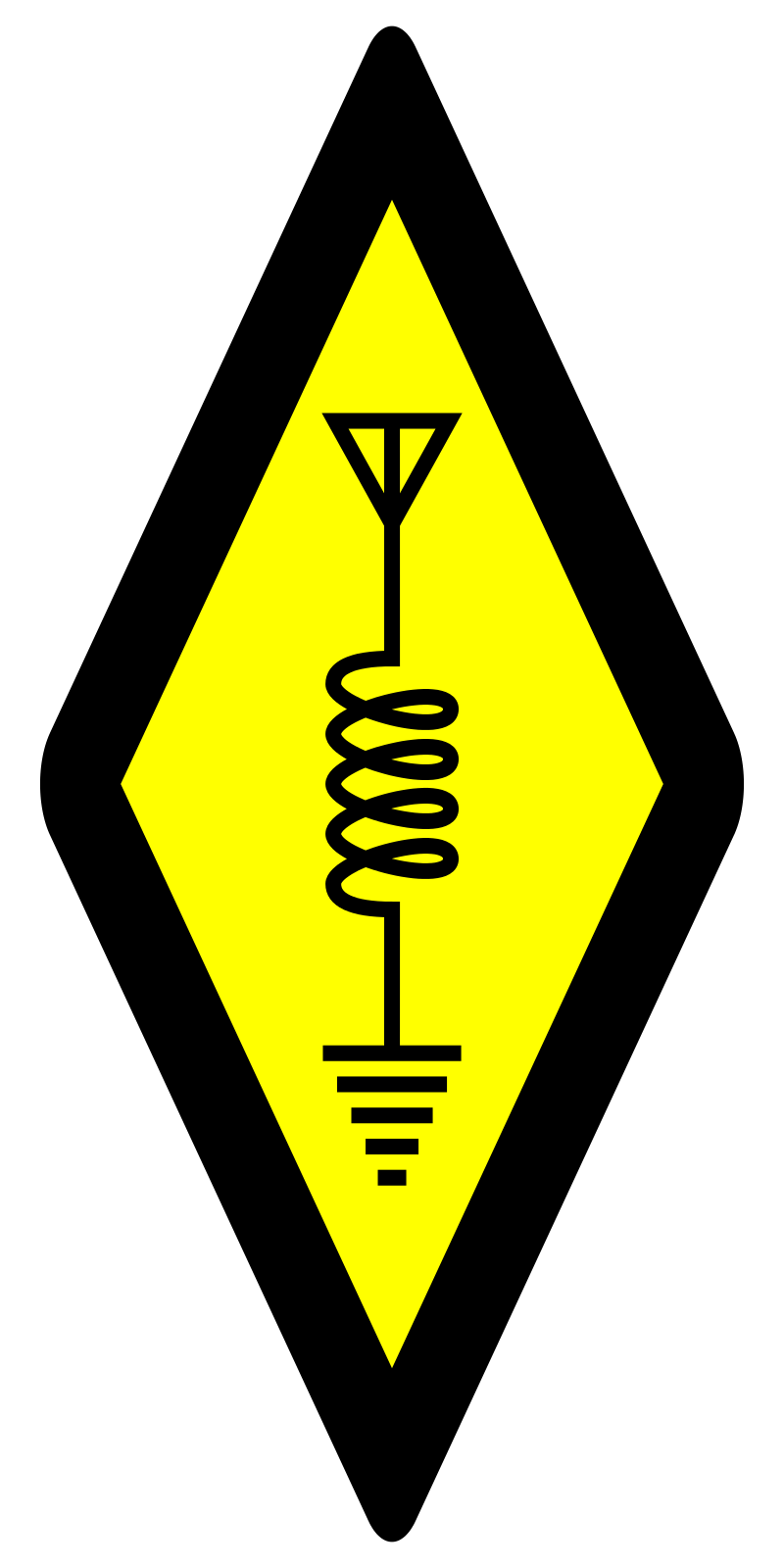How poorly would an attic mounted antenna perform? Obviously worse than something outside, I’m guessing, but how much worse?
My office has one of those “side attics.” It has a half sized door. Mounting a long antenna in there is very tempting because of how much easier it would be than doing anything outside. It’s on the second floor as well.


Is setting up a permanent 2m/70cm antenna even really worth it?
I was thinking like 10m or something maybe. I’m more asking in general, but I know it changes based on wavelength lol.
If you don’t live in complete wilderness and especially if you are in repeater range then yes, there’s a lot of use of 2m/70cm. There are even commercial duobanders for this, but you can also make your own
Lots of things change between HF and VHF. Matching methods, baluns, and materials are completely different. You can get away with 70cm band antenna made of 8mm aluminum tube, and it’ll get you some reasonable bandwidth just because of how wide it is, but if you want to scale it up to 20m it’s suddenly over 20cm wide. This is not practical anymore, but you also don’t need bandwidth like this. HF antennas (other than masts) are mostly made of wires and rely on things other than thickness to make them wideband enough. If you want to use monopole, on VHF/UHF you can use metallic roof as a groundplane. On HF you’ll need to use actual ground with network of wires, which is lossy. For dipoles, distance to ground will be many wl long on UHF, and it’ll work mostly like in free space, but on HF this changes impedance, losses and radiation pattern. On HF, polarization is scrambled after reflection from ionosphere, on UHF it just goes through
Now we have excellent space weather so you can make long range contacts on 10m, but don’t expect it to last. More typical HF bands are 20m, 40m and for these space becomes a constraint. Then you have to pick two out of three: small, efficient, broadband